History is full of fascinating stories—but not all of them are true. Some myths have a way of sticking around, passed down as fact despite being far from reality.
From wildly exaggerated tales to outright fabrications, these popular misconceptions have taken on a life of their own, convincing generations of their accuracy.
Whether it’s the idea that Vikings wore horned helmets or that medieval people thought the Earth was flat, these myths sound believable enough to fool even the best of us.
But behind every one of them is a truth far more interesting—and often just as surprising.
The Great Wall of China is Visible from Space

The belief that the Great Wall of China is visible from space is a common myth. In reality, the wall is not visible to the naked eye from low Earth orbit.
It’s too narrow and blends with the natural landscape. This misconception likely arose due to its fame and vastness. Astronauts have confirmed that urban areas are more visible than the wall.
Dispelling this myth helps us appreciate the wall’s true historical significance, rather than an exaggerated claim. It’s a testament to human ingenuity, not a celestial landmark.
Columbus Discovered America
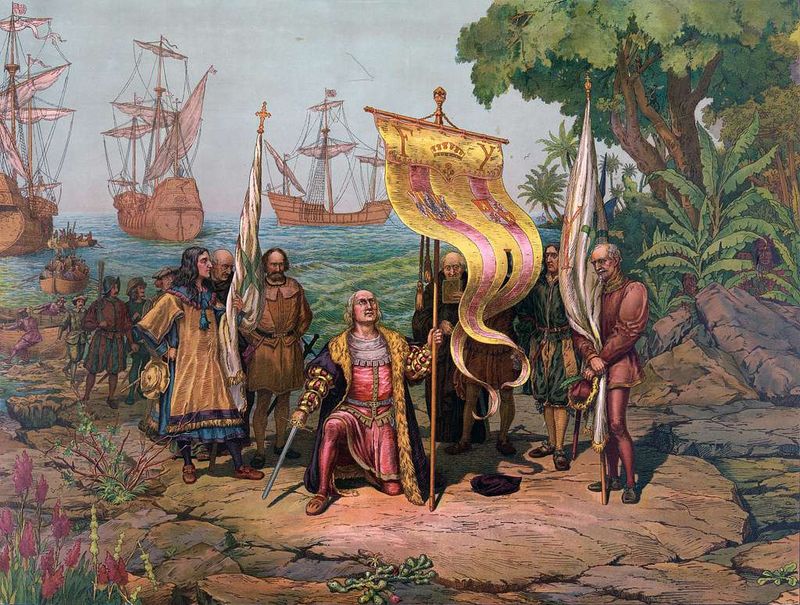
Although Christopher Columbus is often credited with discovering America, this is a myth. Indigenous peoples had inhabited the continent for thousands of years before his arrival in 1492.
Additionally, Norse explorers, such as Leif Erikson, reached North America centuries earlier. Columbus’s voyages were significant for connecting Europe and the Americas, but he did not “discover” a new world.
Acknowledging this helps honor the rich histories and cultures that existed long before his expeditions. Understanding this myth encourages us to reevaluate the narratives of history we’ve long accepted.
Einstein Failed Math
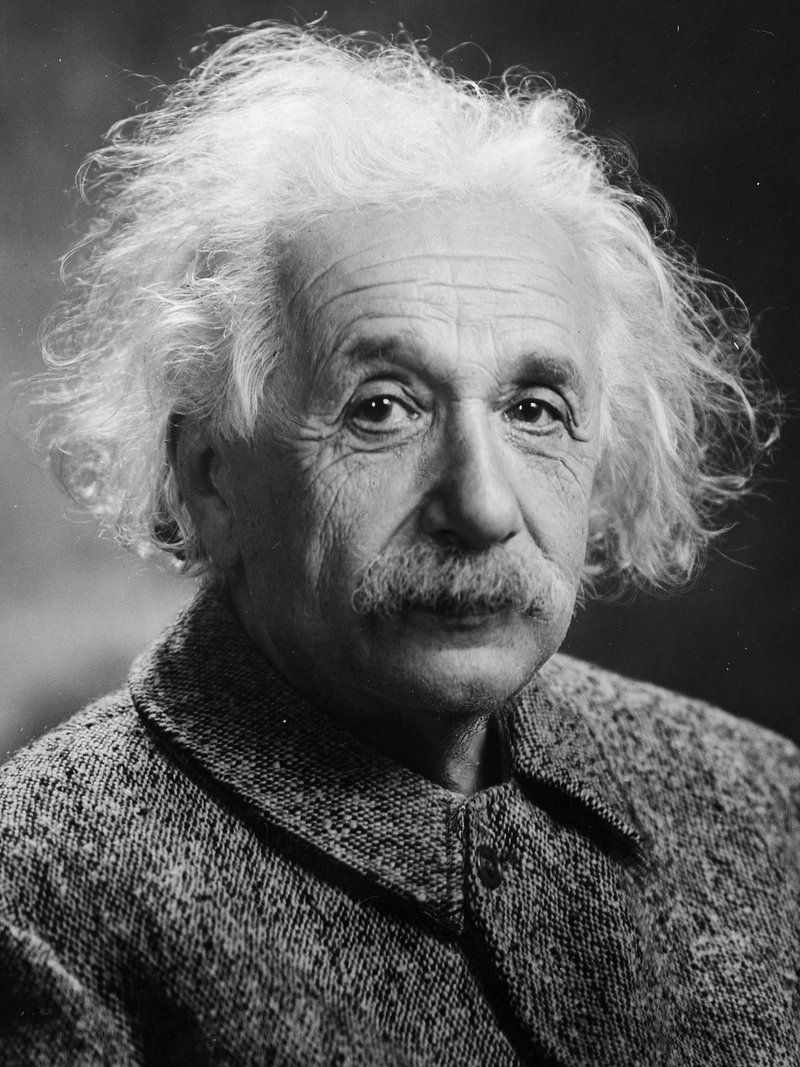
The myth that Albert Einstein failed math in school is unfounded. In truth, he excelled in mathematics from a young age. This misconception may stem from misunderstandings of the grading systems used in his time.
Einstein himself refuted this claim, expressing surprise that such a myth existed. His contributions to theoretical physics were grounded in his mathematical prowess.
Recognizing his early aptitude highlights the importance of nurturing young talent. This myth, though enduring, detracts from the true narrative of his intellectual journey and achievements.
The Emancipation Proclamation Freed All Slaves

The Emancipation Proclamation, issued by Abraham Lincoln in 1863, did not free all slaves. It applied only to Confederate states, not Union-controlled areas.
This myth disregards the complexity of the proclamation’s legal and political context. Its primary goal was to weaken the Confederacy and bolster the Union’s moral cause.
Full abolition came with the 13th Amendment in 1865. Understanding this myth highlights the ongoing struggle for civil rights beyond Lincoln’s proclamation.
It underscores the importance of recognizing incremental progress in the broader fight for equality.
Vikings Wore Horned Helmets

The popular image of Vikings wearing horned helmets is a myth. There is no evidence that Viking warriors wore such headgear in battle.
This misconception originated in the 19th century, popularized by costume designers in Wagnerian operas. Actual Viking helmets were conical and made of metal or leather, designed for practicality.
The horned helmet image persists in popular culture, despite being historically inaccurate. It’s a romanticized vision, overshadowing the true complexity and achievements of Viking society.
Understanding the reality helps us appreciate their rich, multifaceted culture beyond the myths.
The Black Knight of Camelot
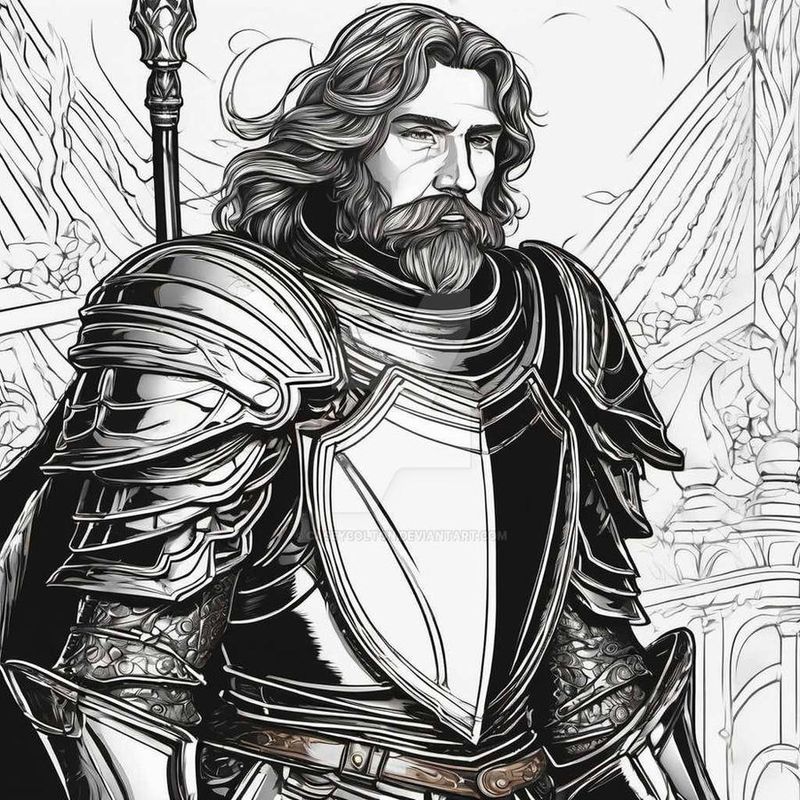
The legend of the Black Knight as a real historical figure is a myth. In Arthurian tales, the Black Knight is a symbol of mystery and chivalry, often portrayed as an antagonist.
While medieval tournaments featured knights of various allegiances, the specific “Black Knight” persona is literary. This myth highlights the blend of history and fiction in medieval storytelling.
Understanding this helps differentiate between historical records and imaginative narratives that shaped medieval culture.
It’s a testament to the enduring power of legend in shaping our perceptions of history.
Witches Were Burned at the Stake in Salem
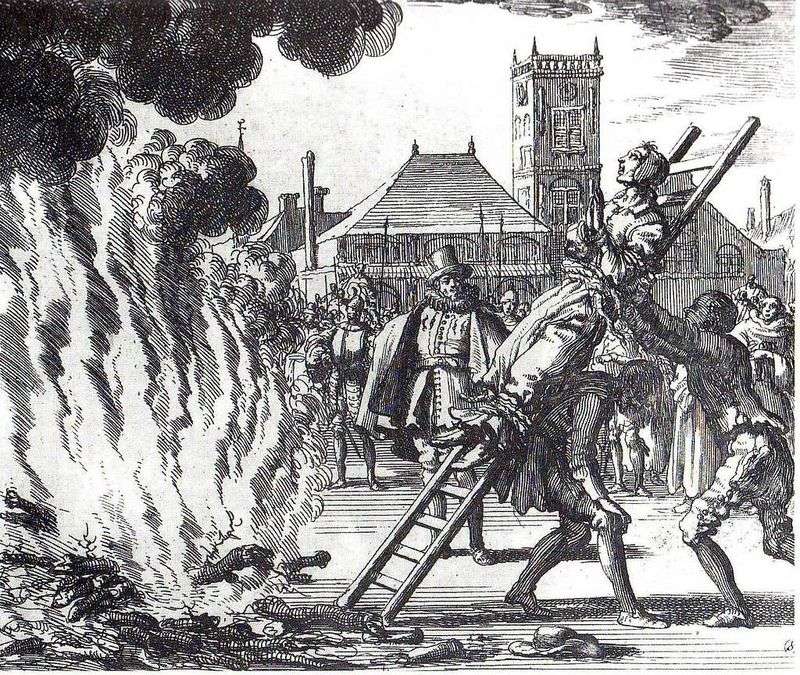
The notion that witches were burned at the stake in Salem is a myth. During the infamous Salem witch trials in the late 17th century, accused witches were not burned but hanged.
This misconception may result from confusion with European practices where burning was more common. The Salem trials were a dark period marked by hysteria and injustice.
Understanding the true events helps shed light on the dangers of scapegoating and mass hysteria. Acknowledging historical accuracy encourages learning from past mistakes, preventing similar injustices today.
Napoleon was Short
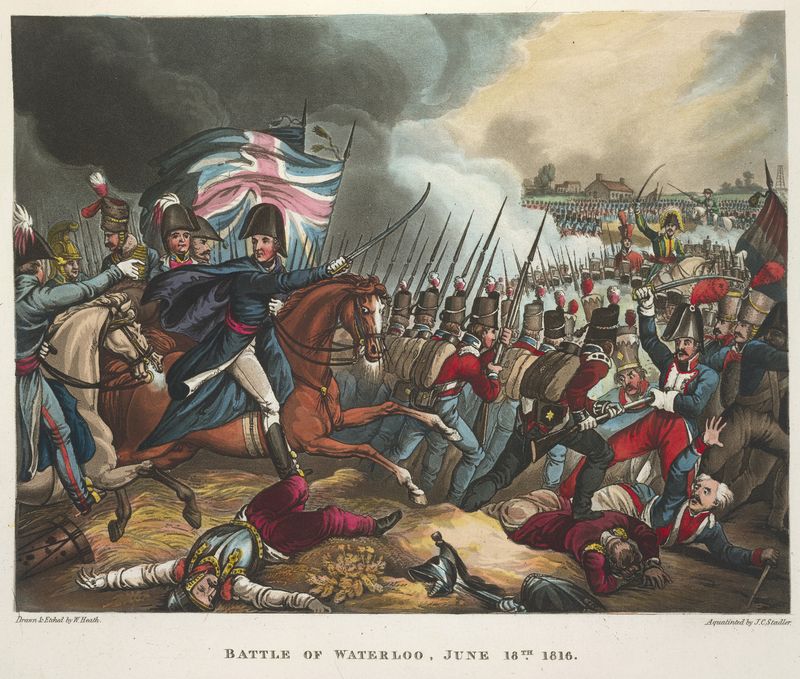
The myth that Napoleon Bonaparte was exceptionally short has been debunked. In reality, he was around 5’7″, which was average for his time.
This misconception likely arose due to differences in the French and British measurement systems. Furthermore, British caricaturists portrayed him as small to mock him.
While his height was normal, his personality was larger than life. The image of a diminutive leader endures, symbolizing his alleged inferiority complex, now known as “Napoleon complex.”
Despite the truth, this myth persists, overshadowing his military genius and impact on history.
Marie Antoinette Said ‘Let Them Eat Cake’
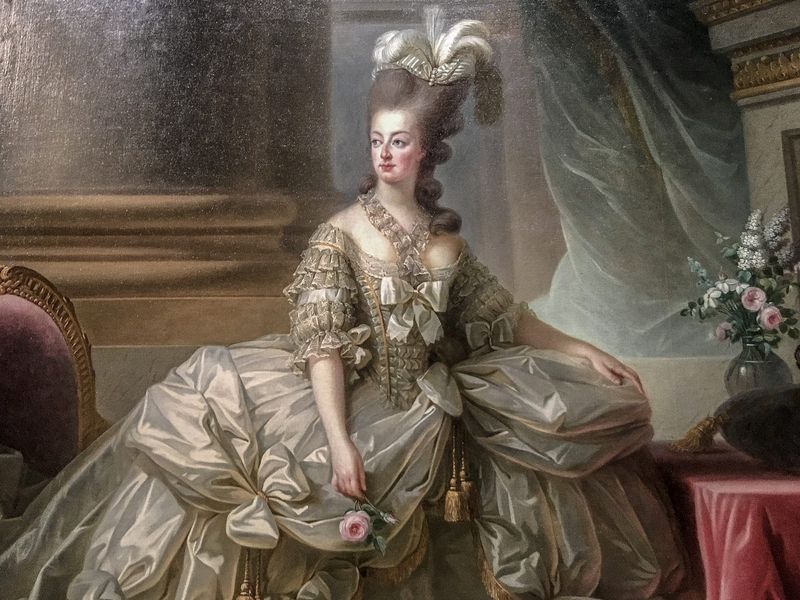
The quote “Let them eat cake,” attributed to Marie Antoinette, is a myth. There is no historical evidence she ever uttered these words. The phrase, suggesting callousness to the poor’s plight, was likely propaganda against her.
It first appeared in Rousseau’s writings, attributed to an unnamed princess. Marie became the scapegoat due to her foreign origins and extravagant lifestyle.
This myth oversimplifies her character and the complex socio-political climate of pre-revolutionary France. Dispelling it allows for a more nuanced understanding of her life and reign.
The Middle Ages Were Dark
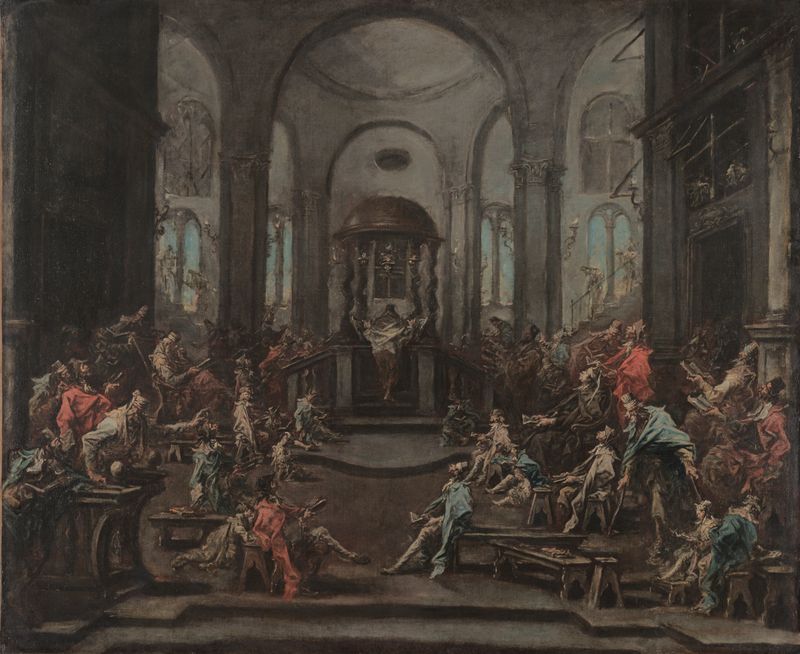
The term ‘Dark Ages’ inaccurately describes the Middle Ages as a period of stagnation. In reality, this era saw significant developments in science, art, and philosophy.
The myth likely arose from Renaissance scholars who viewed their own time as enlightened in contrast. Medieval Europe was a complex society with flourishing intellectual life.
Monasteries preserved classical knowledge, and universities emerged. Recognizing the diversity of this period allows appreciation for its contributions to modern civilization.
Debunking the ‘Dark Ages’ myth encourages a balanced understanding of history’s progression.
Chastity Belts Were Common
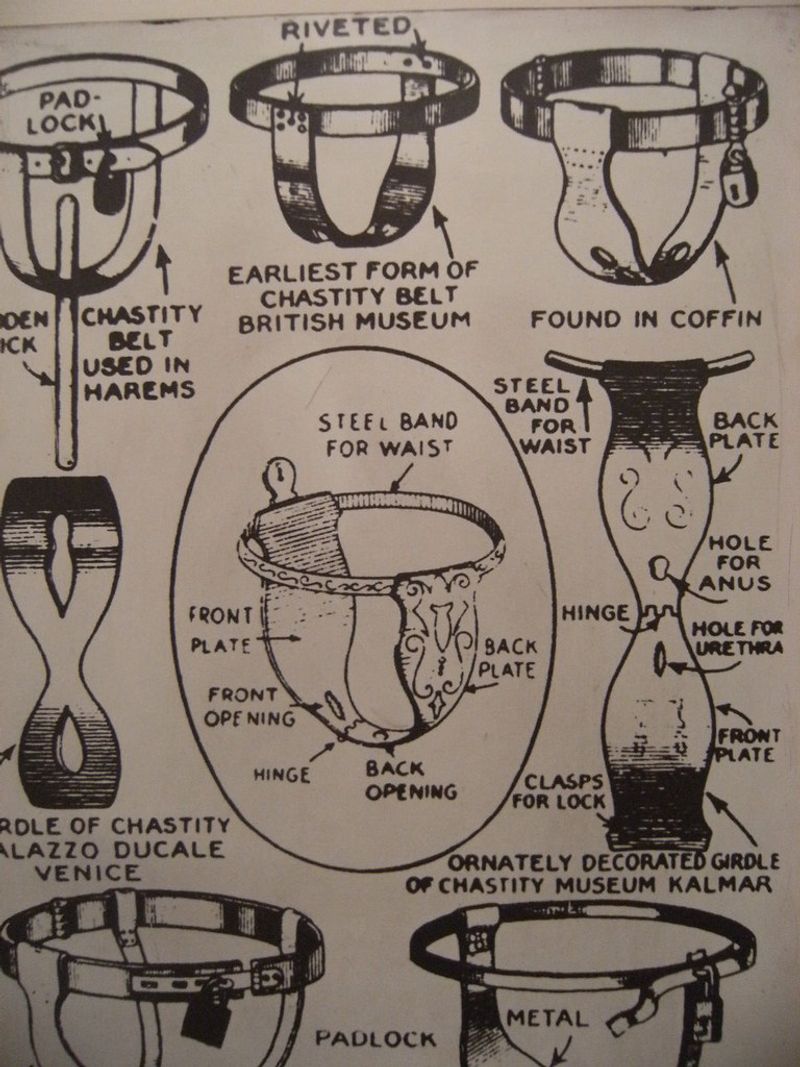
The belief that chastity belts were widely used in the Middle Ages is a myth. These devices were not common practice but rather later inventions or hoaxes.
The myth likely gained popularity in the 19th century as a symbol of medieval oppression. In reality, there is scant evidence of their widespread use.
They may have been more of a fantastical concept than a practical tool. Understanding this myth helps challenge misconceptions about medieval society’s attitudes towards sexuality and control.
It’s a reminder to question sensationalized historical narratives.
George Washington Had Wooden Teeth
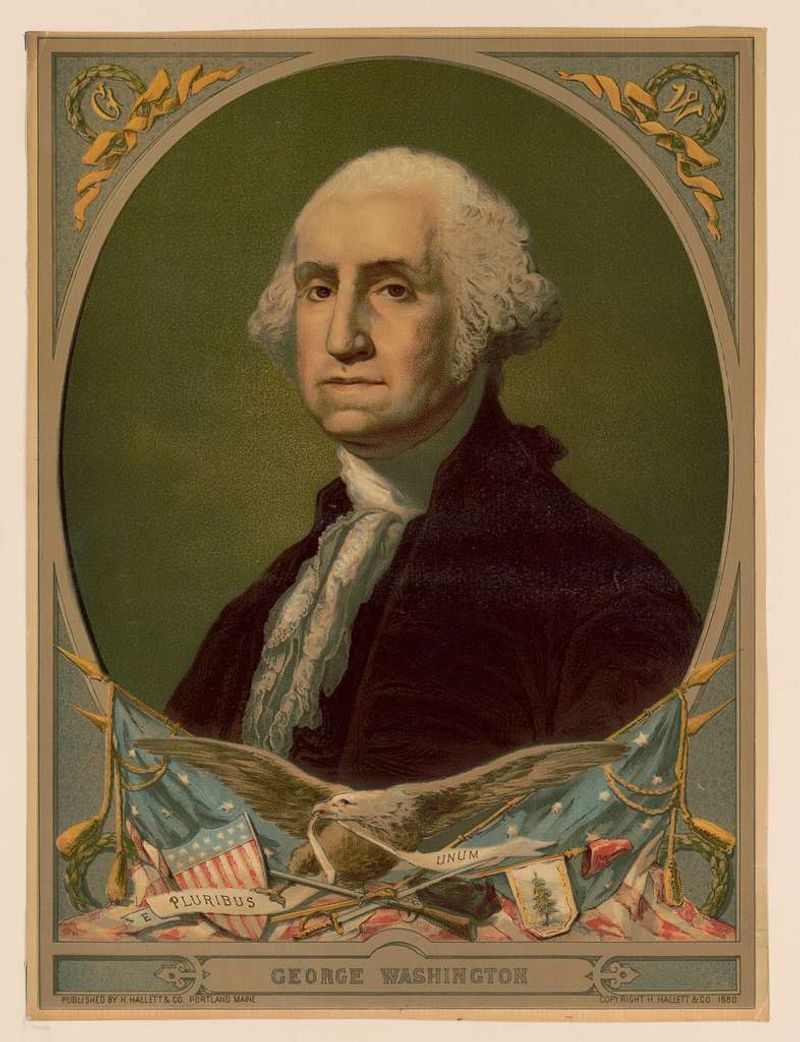
The myth that George Washington had wooden teeth is false. His dentures were made from materials like human and animal teeth, ivory, and metal.
This misconception likely arose from their stained appearance, resembling wood. Washington’s dental issues were well-documented, affecting his public image and speech.
Understanding this myth sheds light on the challenges of 18th-century dental care. It humanizes a revered historical figure, revealing his personal struggles. Debunking the wooden teeth myth allows for a more accurate portrayal of Washington’s life and era.
Medieval People Believed the Earth Was Flat

The belief that medieval people thought the Earth was flat is a myth. Scholars of the Middle Ages widely accepted the Earth’s spherical shape, influenced by ancient Greek astronomy.
This misconception may have originated from 19th-century writers seeking to portray earlier times as ignorant. Medieval intellectuals engaged in complex discussions about geography and cosmology.
Acknowledging this myth highlights the rich intellectual tradition of the period. Correcting such misconceptions fosters appreciation for historical scholarship’s continuity and depth, challenging oversimplified historical narratives.
